Blue light emitted from electronic devices negatively affects health
We are exposed to light from laptops, phones, tablets and other electronic devices all day, everyday. Limiting exposure to this light, specifically blue light, can improve our sight and our sleep schedules.
Blue light is especially damaging to our eye sight when we are exposed to too much of it.
In a world of balancing studying, extracurriculars, jobs, social time and so many other activities, sleep has become very underrated. Sleep is linked to the quality of your mental health, physical health, and overall quality of life. In the minds of teenagers and young adults, it’s of utmost importance that they are getting quality sleep every night. The obstacle that gets in the way of a good night’s sleep–especially for the teenagers of this generation–is the use of electronic devices too often throughout the day, and especially too long before going to sleep.
There has been a dramatic increase in our exposure to electronic devices, thus more exposure to blue light. Blue light plays an especially important role in our bodies; it maintains a healthy sleep cycle, improves alert behavior, and it can even be used for cancer treatments. Although it’s critical to have blue light exposure, too much exposure can be detrimental to our health.
Our greatest source of blue light is from the sun, and being outdoors during the day is when we get the most exposure to it. Blue light is also man-made for electronic devices like televisions, tablets, phones and other digital devices; the amount of blue light emitted from these electronics is only a fraction of what we are exposed to by the sun, but because we spend so much time using our electronics, our overuse could become harmful for our eye health and our sleep cycle.
Studies show that blue light, also known as high-level energy light, penetrates deeper into the eye compared to other wavelengths of light. This could cause damage to the retinal tissues and other parts of the eye. This tissue damage could lead to long-term complications concerning our eye health. Increased exposure to blue light that penetrates deep into the retina can cause macular degeneration (deterioration of the small central area of the retina of the eye that controls vision sharpness) and lead to an eventual loss in eyesight.
Many schools in the United States have switched from traditional fluorescent lighting in classrooms to LED lighting. This choice may be more cost effective, but this slight change in lighting is proving to be very detrimental for students’ vision. The new LED lights in schools emit a greater quantity of blue light. Consequently, this mixture of LED lighting and the consistent use of school electronics–such as laptops and other learning tools–are jeopardizing students’ ability to accommodate their vision and focus on their surroundings.
Using electronics at night and before going to bed has been proven to impact the quality of sleep we get at night. When we use electronic devices before going to sleep, the blue light emitted from those devices tells our body it’s still daytime. When the blue light is exposed to our eyes and convinces our bodies it’s not the time to fall asleep, the production of melatonin comes to a halt. Our bodies have a natural sleep clock that is regulated by this hormone called melatonin, and when this production is disturbed, it can take us longer periods of time to fall asleep and stay asleep. It doesn’t even take that much exposure to our laptops, tablets and cell phones before bed to affect our sleep quality; using these electronics for just thirty minutes before bed can delay falling asleep by thirty minutes. According to the Huffington Post, unplugging your phone two to three hours before bed can maintain a healthier sleep cycle.





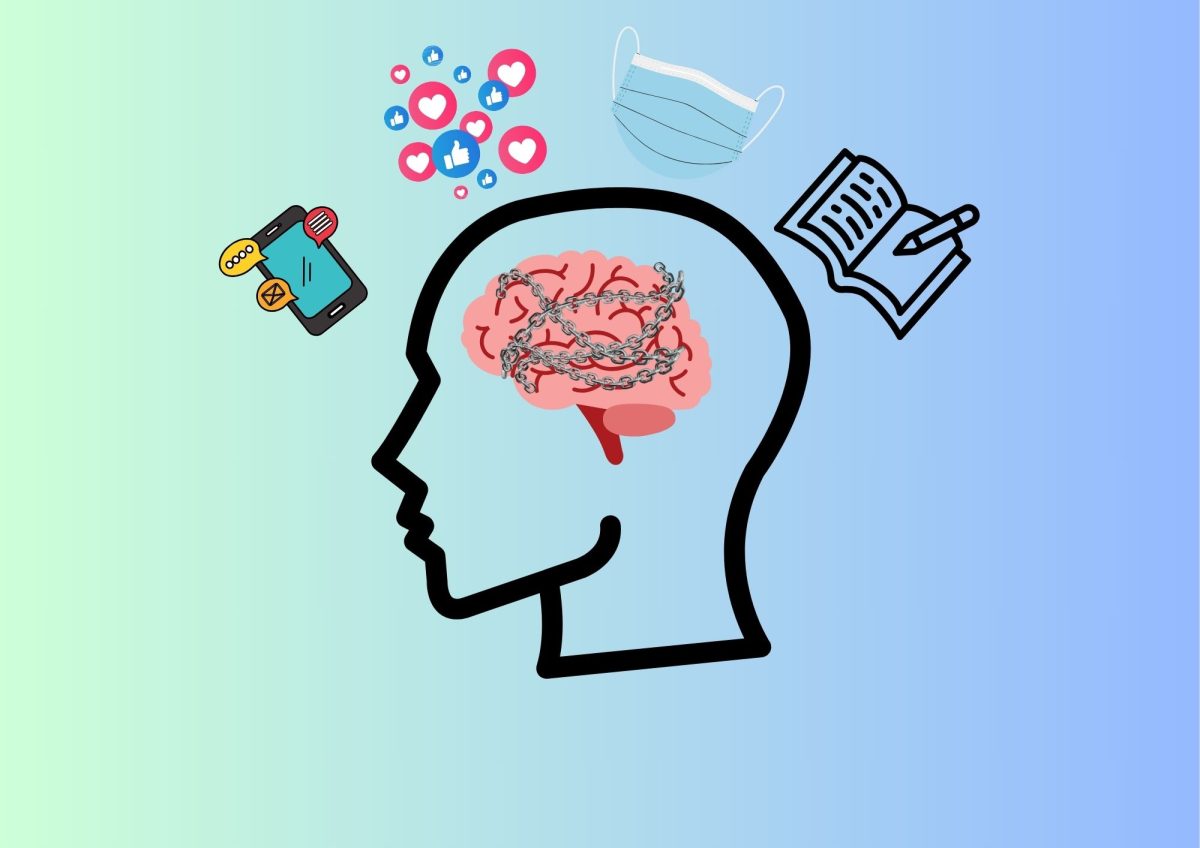



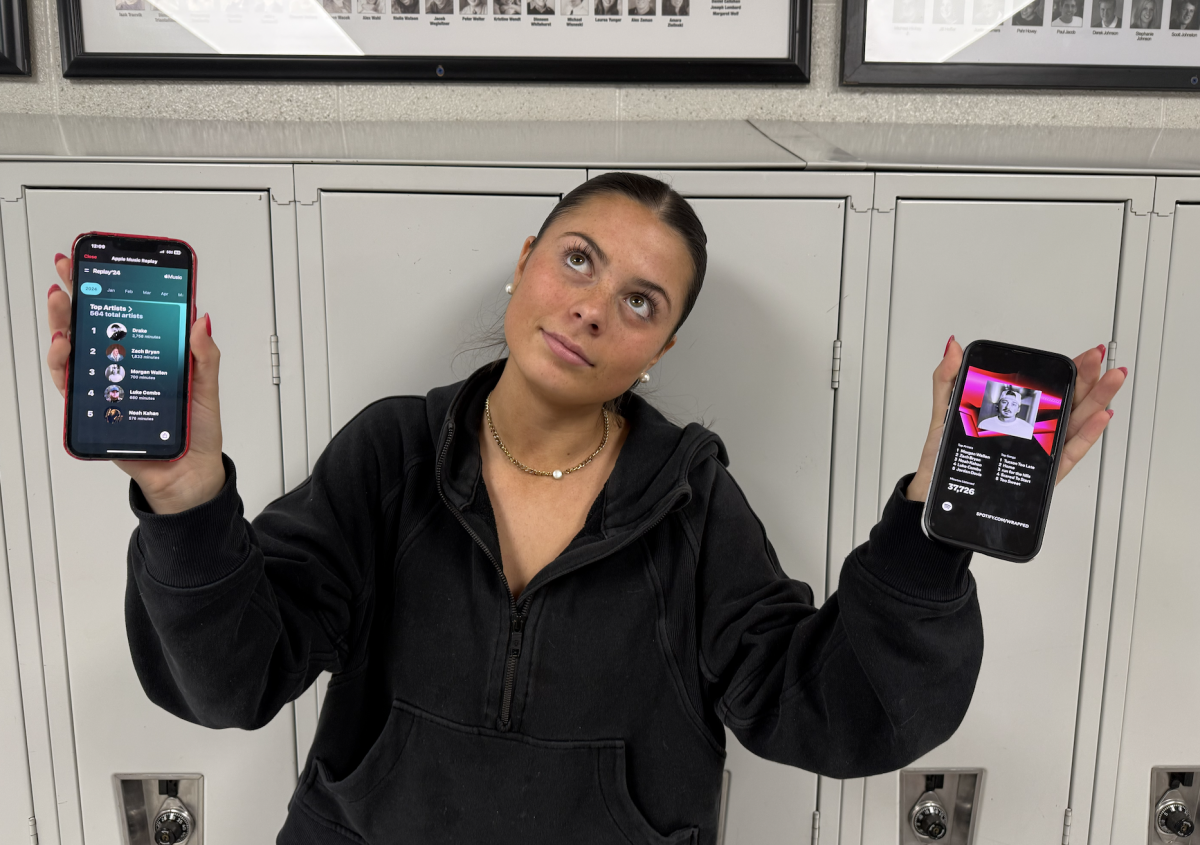








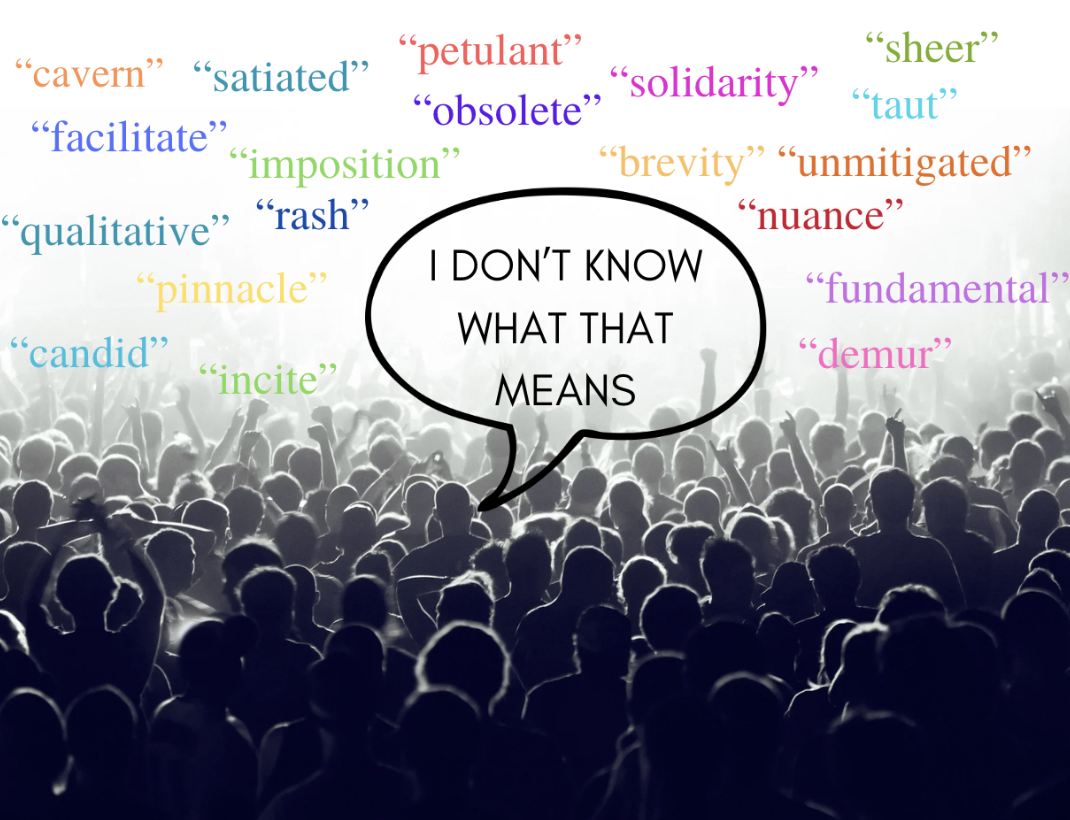






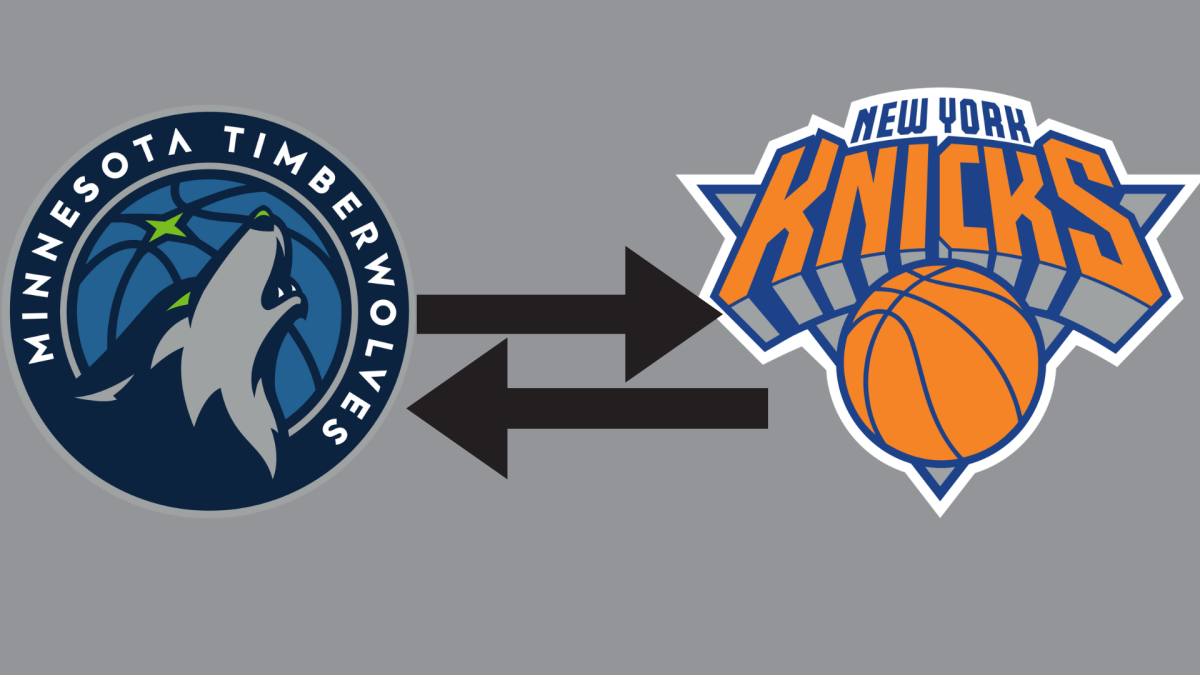









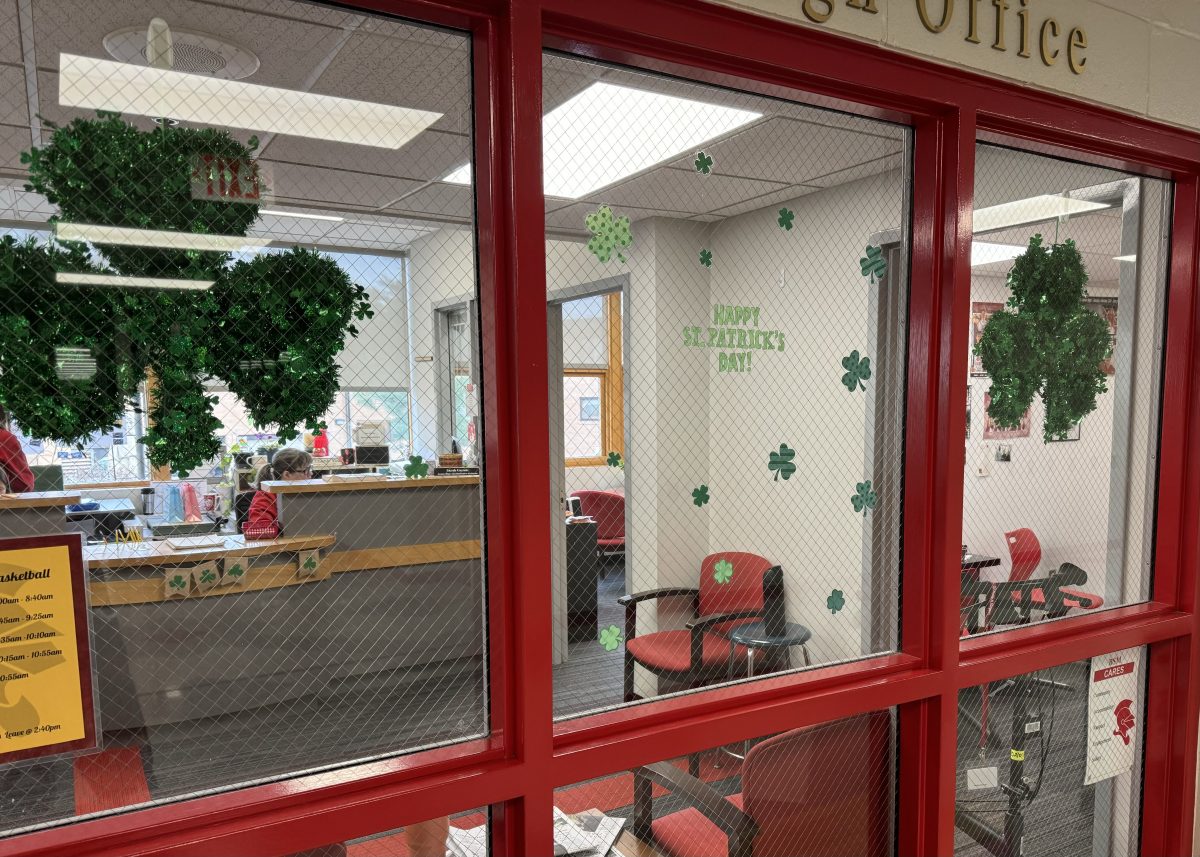
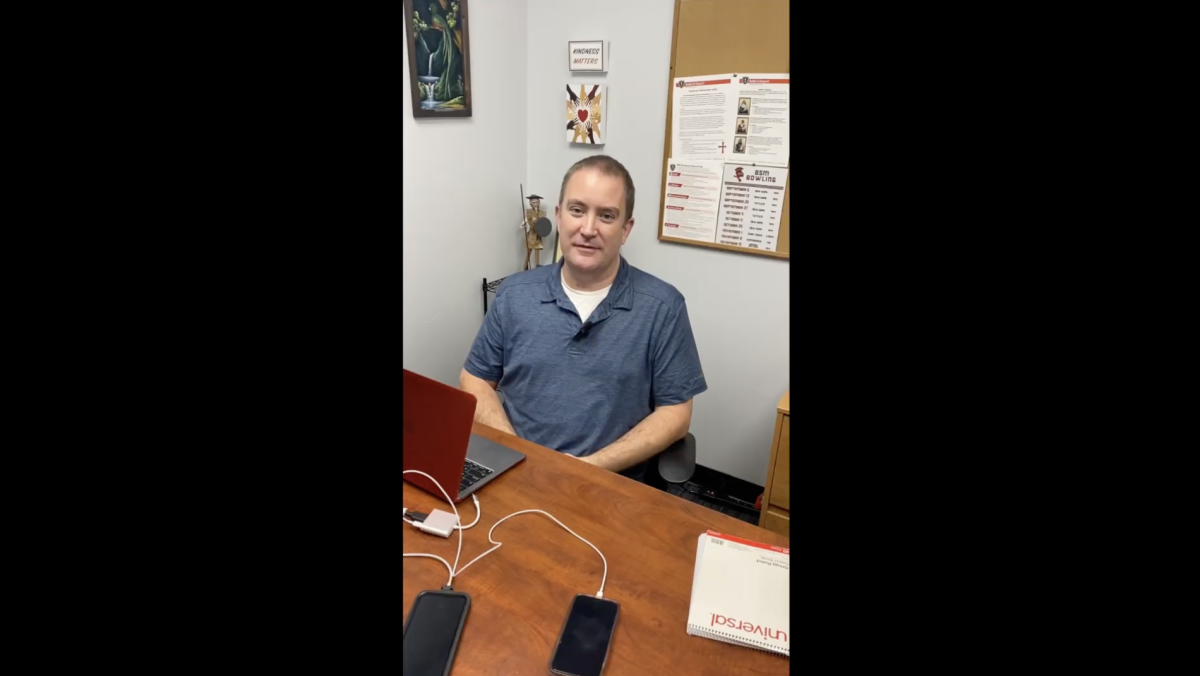
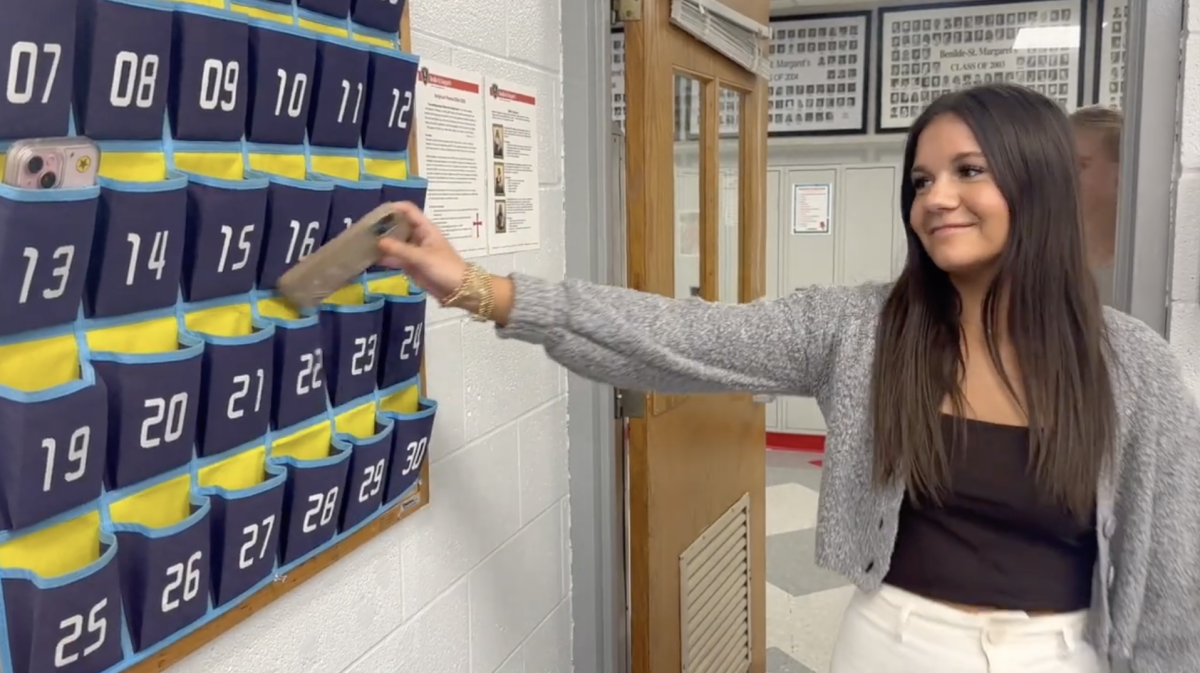




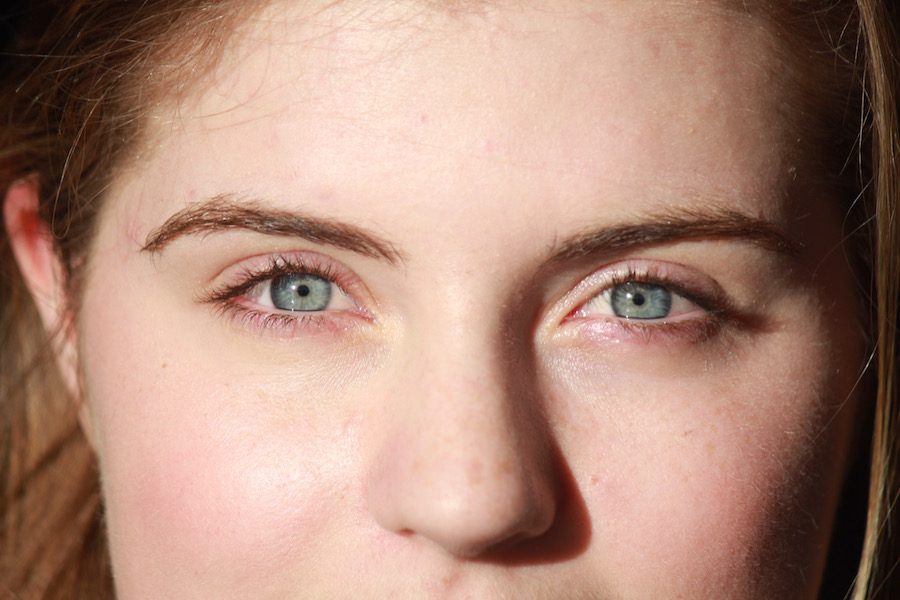

Alexandra Raffles • Mar 3, 2017 at 9:39 am
I thought this article was very informative and interesting, yet I’d love to hear more on what can help with blue light and the sleep cycle in addition to unplugging your phone two to three hours before bed.